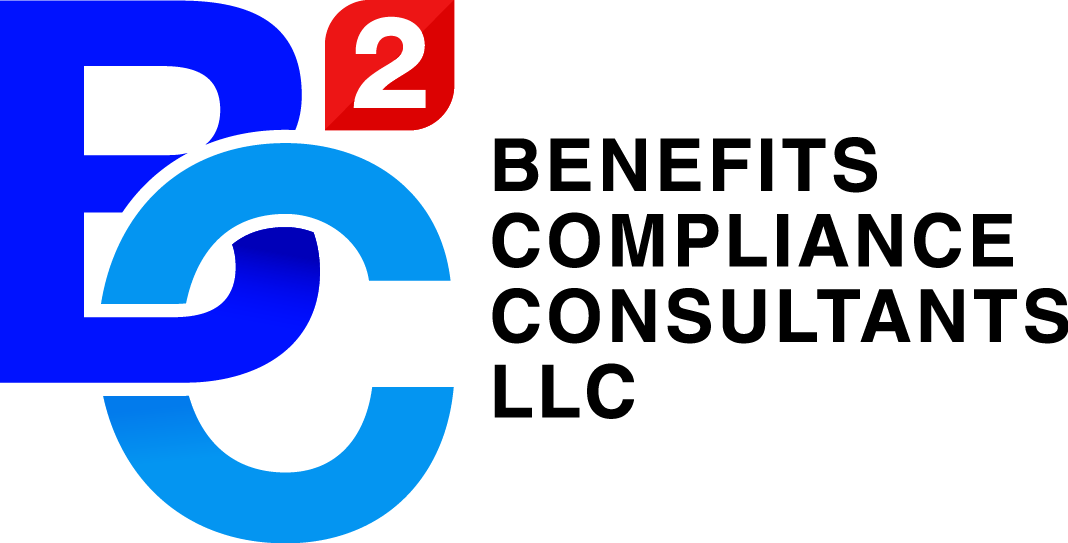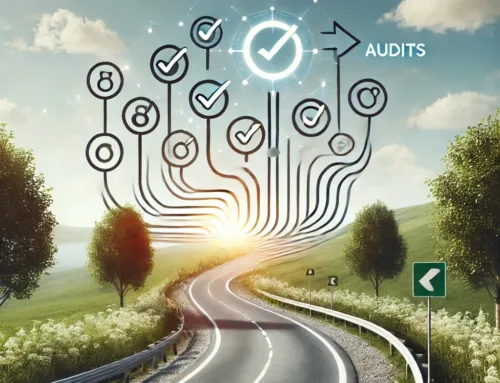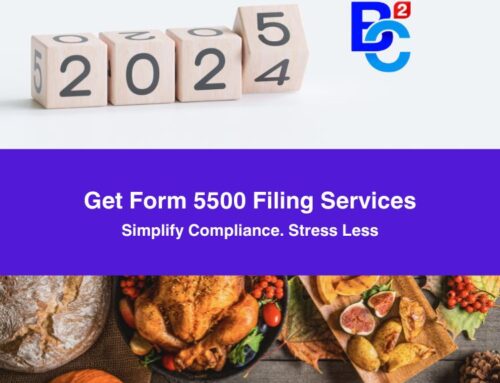New Electronic Disclosure Rules Proposed by the DOL and its Details
The Department of Labor has proposed that retirement plans would need to have a new safe harbor process for the electronic delivery of participant notices. This comes as a welcome addition as the old disclosure rules were considered to be outdated by many. According to the new proposal, a retirement plan administrator can now furnish required disclosures to their plan participants and beneficiaries through electronic delivery unless the participants decide to opt out.
It is important to note that this new proposal will not apply to employee welfare benefit plans such as group health plans or disability plans.
 What is the New Safe Harbor Method?
What is the New Safe Harbor Method?
The new method utilizes a “notice and access” model where the plan participants and beneficiaries are kept in the loop regarding key information on their plans. This is done by giving them instructions on accessing disclosures and requesting paper copies of them. Under the new method, you can put your fears of ending up with penalties to rest as it not only brings more convenience but transparency as well.
Old Safe Harbor Method?
Those who can’t access documents in the electronic form can go for the 2002 safe harbor method as long as they provide affirmative consent. For employers, the old method tends to be more bothersome as they usually have to distribute the documents on paper.
New Rules for the Employers
The new proposal comes with a few pre-requisites to utilize the new method, such as specifying the timing, content, delivery methods, and standards for the site where the disclosures will be housed. It can only be used for participants with an electronic address such as personal email, work email or even mobile phone numbers. As a result, there won’t be any limits to the type of device the information can be accessed on. However, according to the DOL, it is recommended that if smartphone numbers are used for the participant’s condition of employment, then the employer-provided smartphone must come with a data plan.
What Are Some of the Changes?
1) When it comes to covered persons, the new method is much broader in application than the old one as it doesn’t require affirmative consent if participants receive an electronic address from their employer.
2) Covered documents such as the summary plan description, summary annual report and pension benefits statements can be furnished electronically, only when they are required to be or due to specific events such as plan amendments.
ERISA’s Electronic Disclosure Rules





